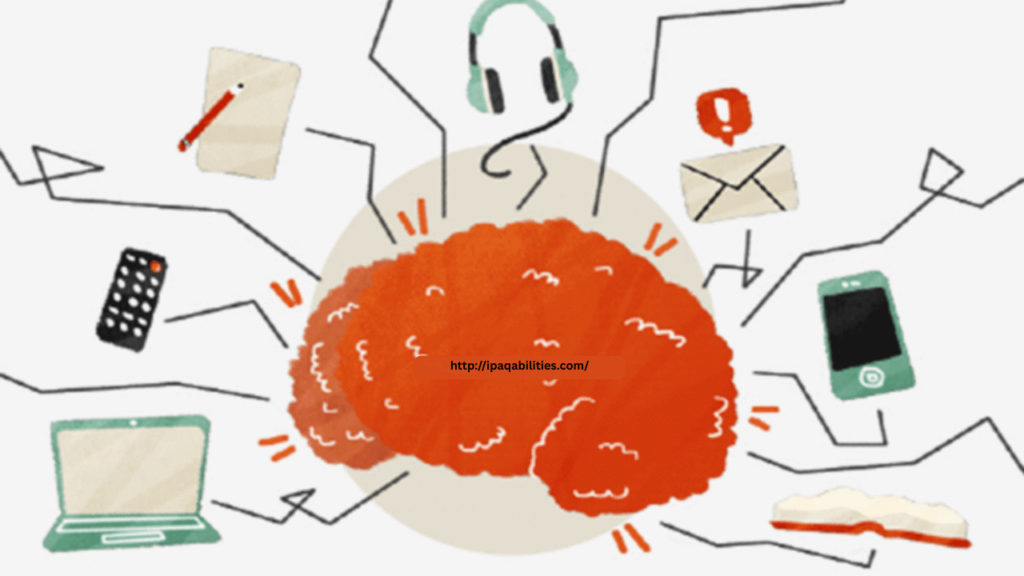Communication Overload: The Unseen Impact of Device Dependency on Mental Wellness

In the digital age, staying connected has never been easier—or more overwhelming. With smartphones, tablets, and laptops at our fingertips 24/7, we are constantly bombarded with messages, emails, calls, and notifications. While this instant communication offers convenience and efficiency, it also brings with it a hidden cost: communication overload. As our dependence on communication devices grows, so too does the toll on our mental health.
The Pressure to Always Be “On”
One of the most significant effects of communication overload is the pressure to be perpetually available. Whether it’s work emails that arrive after hours or social media messages that demand instant responses, there’s an unspoken expectation to respond immediately. This constant state of alertness keeps the brain in overdrive, leading to heightened stress levels and mental fatigue. It blurs the boundaries between work and personal life, leaving individuals with little time to disconnect and recharge.
Over time, this hyper-connectivity can lead to burnout. Even during rest hours, people often find themselves checking their phones out of habit or fear of missing out (FOMO). This creates a feedback loop where rest is compromised, leading to sleep disturbances, reduced concentration, and elevated anxiety. The inability to switch off has become a common but dangerous byproduct of device dependency.
Information Overload and Mental Clutter
In addition to the pressure of constant communication, there’s also the issue of information overload. Every day, we consume vast amounts of content—from news alerts and tweets to messages and memes. The brain, though powerful, is not designed to process an endless stream of fragmented information. This flood of data creates mental clutter, making it difficult to focus, think clearly, or process emotions.
Research has shown that excessive digital communication and screen time can impair cognitive function and decrease attention span. Multitasking between conversations, notifications, and tasks doesn’t make us more productive—it makes us scattered and stressed. This mental fragmentation can contribute to feelings of overwhelm and reduce our capacity for deep thinking, creativity, and emotional regulation.
The Emotional Cost of Digital Interaction
While devices allow us to stay in touch with others, they often replace richer, face-to-face interactions. Text messages and emojis can’t replicate the empathy, tone, and body language conveyed in real-life conversations. As a result, our relationships may become more superficial, and feelings of isolation can grow despite constant digital chatter.
Moreover, the need to keep up with digital conversations can fuel social anxiety. Many people experience guilt or stress over unanswered messages or the fear of misinterpreting texts. This can create a sense of obligation that further erodes mental peace and emotional well-being.
Restoring Balance in a Hyperconnected World
To protect our mental health, it’s essential to establish boundaries around our device usage. Simple strategies—such as turning off non-essential notifications, setting specific times to check messages, and creating “no phone” zones or hours—can help reduce communication overload. Practicing digital mindfulness allows us to regain control over our attention and emotional energy.
Equally important is making space for offline experiences. Prioritizing in-person interactions, spending time in nature, or engaging in hobbies without screens can help reset our mental state and restore a sense of balance.
In conclusion, while communication devices enhance our connectivity, unchecked dependence can lead to serious mental health consequences. Recognizing the signs of communication overload and making conscious efforts to unplug can go a long way in preserving our mental wellness in a constantly connected world.